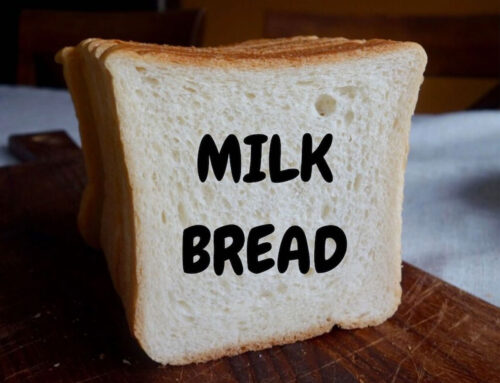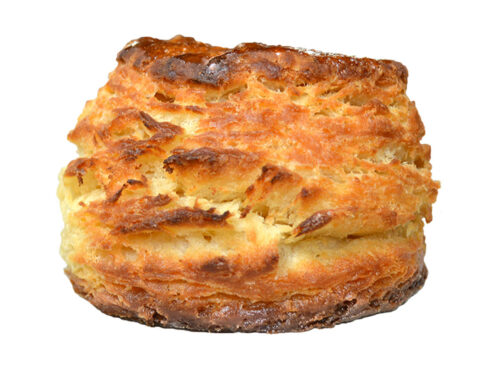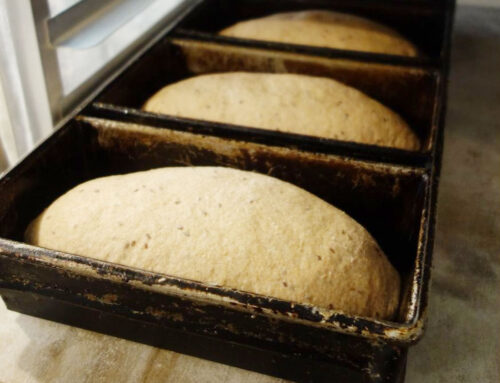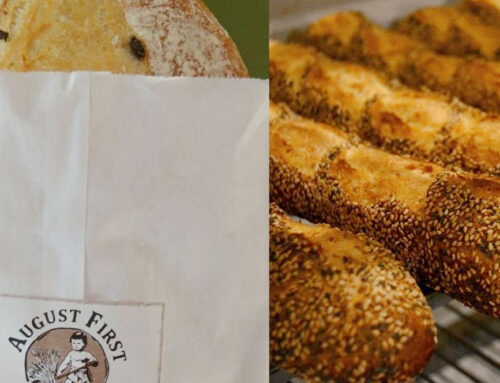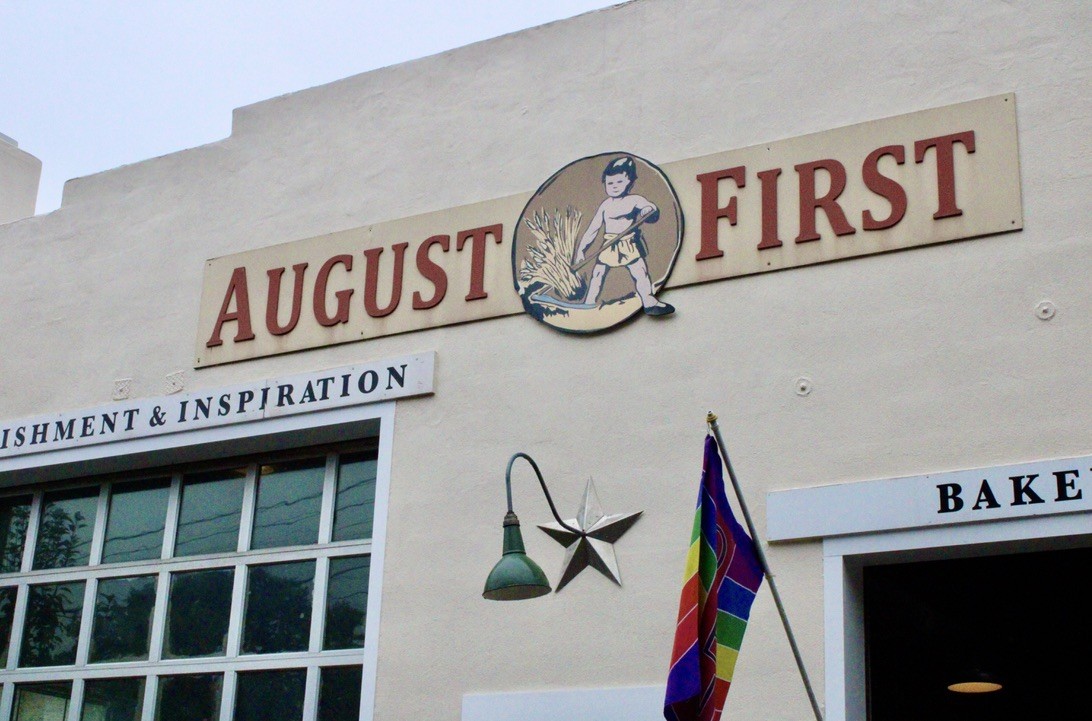
Breaducation: Milk Bread
Ever peek into a bakery’s window to catch a glimpse of bread in the making? Curious as to how the Country French on the shelf gets so golden? The baguettes, so crunchy? The Olive Bread so fluffy? Forget peeking. How about a front row seat?
We created “Breaducation” to open the blinds and show you how our bakery makes our most popular breads. Heat up the skillet and slice up some cheddar. Here’s everything you need to know about our Milk Bread.
How We Make Milk Bread
We get mixing around 6am, but the butter has been waiting for this moment since 4:30am. Leaving the butter out allows it to soften, which makes it easier to work into the dough. Cold butter is best reserved for biscuits.

Milk Bread is an enriched dough, meaning there’s more than the usual suspects of flour, water, salt and yeast involved in the making of this bread. An enriched dough refers to the butter and milk *enriching* the dough. This is how we’ll get that softer, fluffier crumb that makes Milk Bread so special, and sought after for completing sandwiches around the world.
Once everything has been added to the mixer, we mix slowly to incorporate and fast to knead.
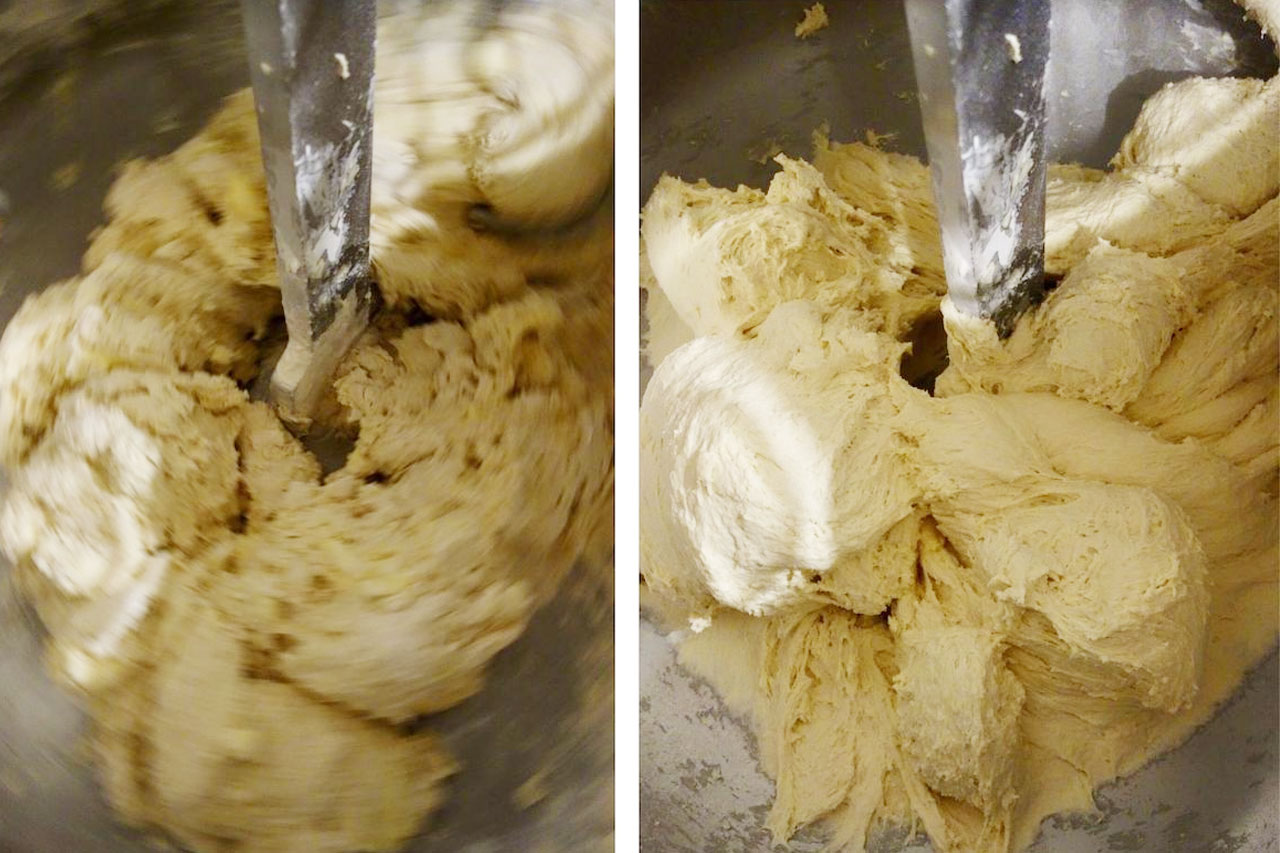
And then we allow the dough to rest. This allows the flour to fully hydrate, and gluten as well as flavor to develop. All because we left the dough alone for 10-20 minutes before a second mix. Waiting means there’s time to shape more baguettes, and admire the pastry team’s delectable work on chocolate croissants.
We can only stare for so long. Once the dough has had time to chill, it’s time to mix again.

We know that the dough is ready when the dough slaps against and no longer sticks the side of the mixer. For such a delicate bread, it’s a strong dough. We move it to a container where it’ll proof over the next two hours.

And then, we experience magic. It’s time to divide and weigh!

Once the dough has been divided, we pre-shape into loose rounds. Even though we’ll bake Milk Bread in a rectangular loaf, we’ll pre-shape the loaves into rounds. This helps direct the bread up, instead of expanding outwards into a blob.
As part of the Crust Prevention Program, we spritz the rounds with water to avoid dryness. And then we place the rounds into our proofer, for a second rise. They’re ready when they’ve passed the “smooch test”.

Once the dough has passed the smooch test, it’s time for the Milk Bread to take its final form in the rectangular loaf pan.
Shaping proceeds as such:

We press down on the round to expel any gas that would threaten the delicate, even crumb we’re going for with large, sporadic air bubbles. The bread is rolled and placed in the pan seam side down.

We pat the bread down to keep that seam in tact. The bread is now ready for its final rise before baking. We’re looking for square loaves, and the proof is in the proof. We put a lid over the pan and then … we wait. Again.
But all this waiting is worth it.

Under our baker’s care and diligence, the dough has become fluffy, perfectly proofed loaves. Just what we want. Now we’re ready to bake.

Let there be Milk Bread! We tap the square loaves out of the pans and let them cool, before we slice, bag and send them on their way with our delivery team to local shops. These are exactly what we’re looking for, and that means the bread was perfectly proofed! We can credit that to the excellence of our bakers who have to work with ever changing environmental factors that impact proofing time.
Want to make something delicious with this bread? Here are some recipes we love to get you started! You’ll find Milk Bread stocked at both City Market locations, Healthy Living, and on our own shelves in the cafe.
Got a favorite sandwich you make with August First bread? Show us by tagging @augustfirstvt on Instagram!

